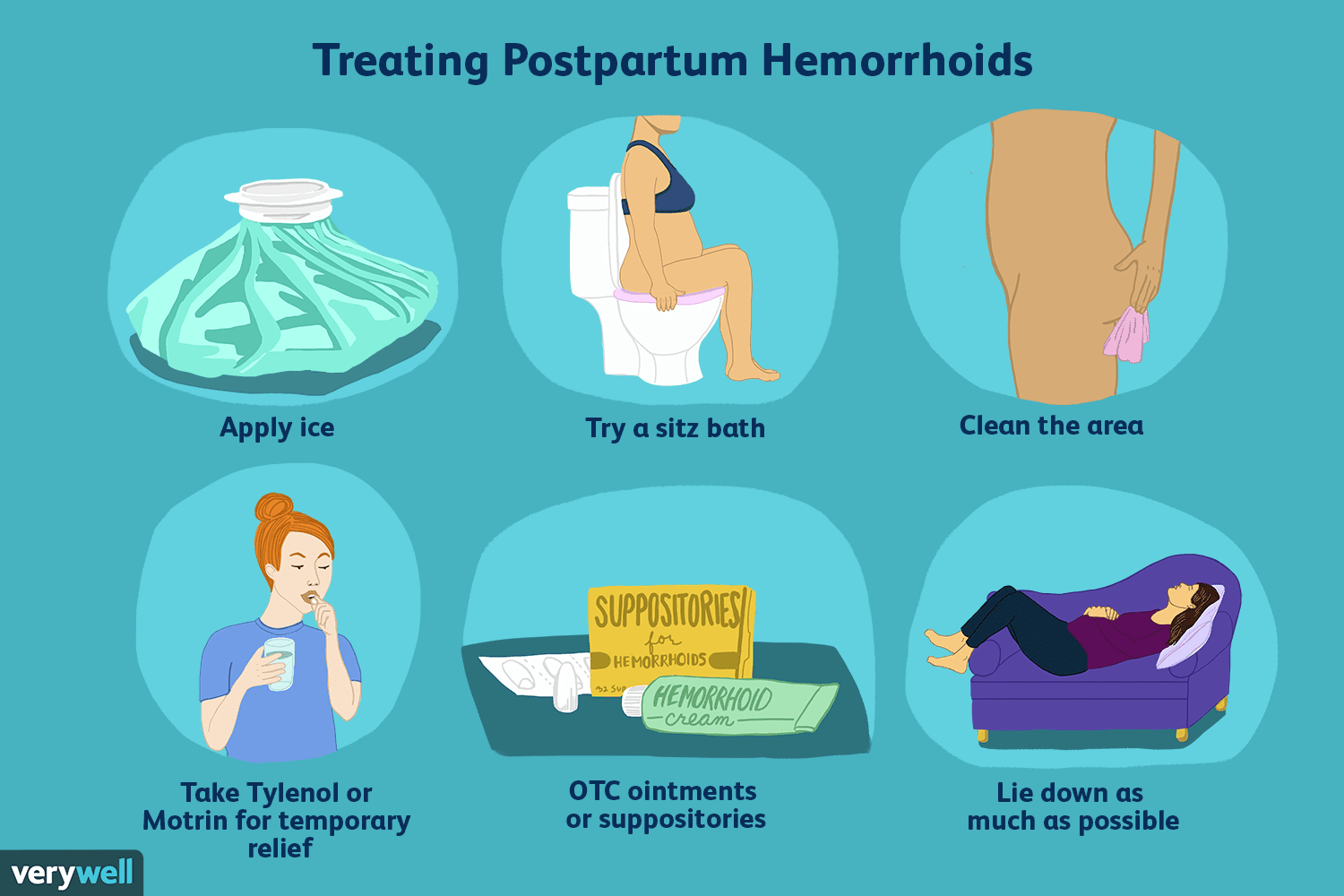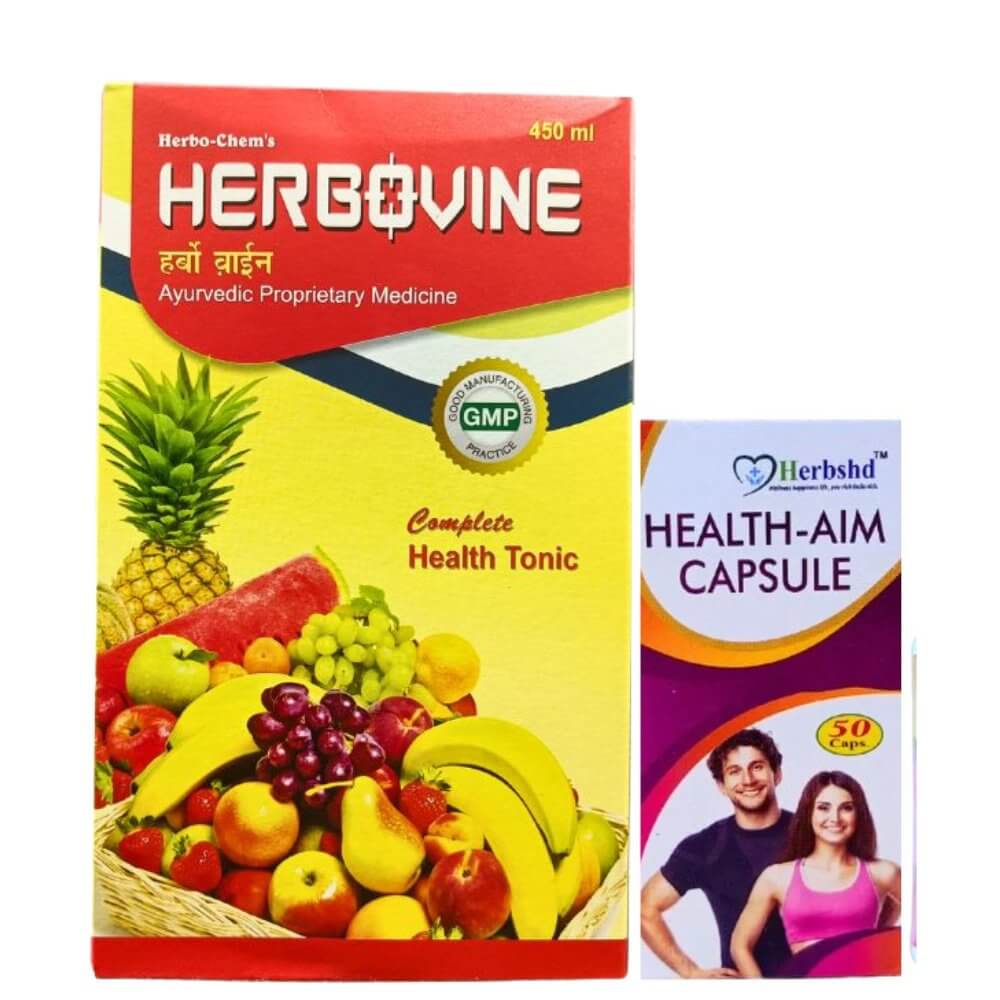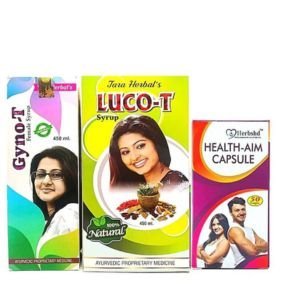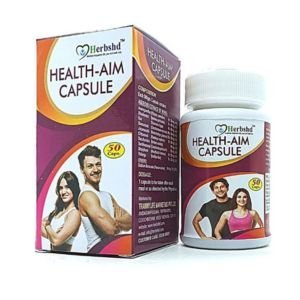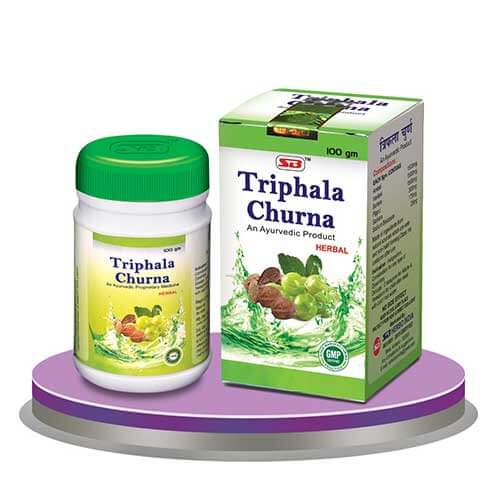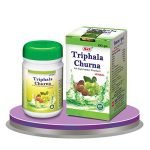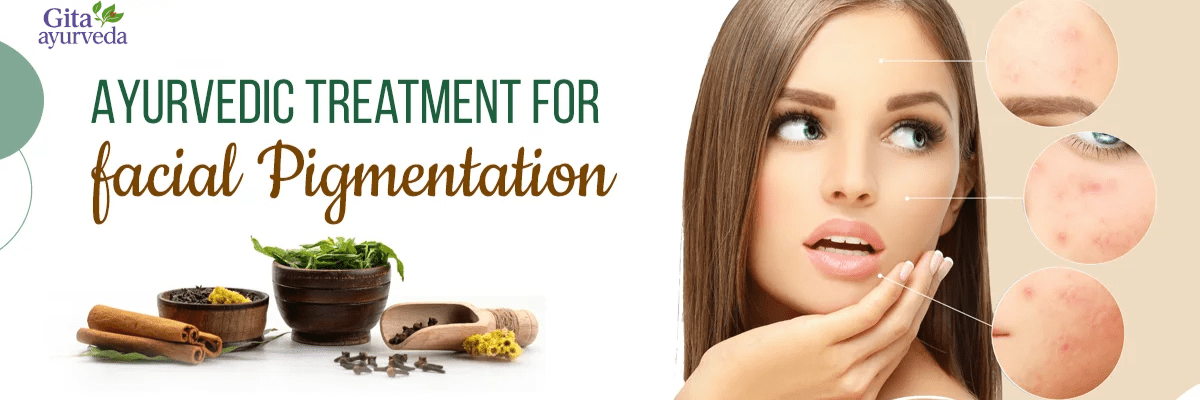What is Hemorrhoids
Hemorrhoids, also known as piles, are swollen veins in the lower rectum and anus. Hemorrhoids can develop inside the rectum (internal hemorrhoids) or under the skin around the anus (external hemorrhoids). They can be caused by increased pressure in the lower rectum, which can be due to straining during bowel movements, obesity, constipation or diarrhea, and prolonged sitting or standing. Symptoms of hemorrhoids include pain, itching, bleeding during bowel movements, and a lump or swelling around the anus. In most cases, hemorrhoids can be treated with self-care measures and remedies. However, in some cases, medical intervention may be required to relieve symptoms or prevent complications.
What are the symptoms of hemorrhoids in female & male ?
The symptoms of hemorrhoids can vary depending on the location and severity of the condition. Some common symptoms of hemorrhoids include:
1. Pain or discomfort around the anus
2. Itching or irritation around the anus
3. Bleeding during bowel movements
4. A lump or swelling around the anus
5. Leakage of feces
6. Anal itching
7. Mucous discharge from the anus
Types of hemorrhoids ?
There are two main types of hemorrhoids: internal and external.
-
Internal hemorrhoids: These are located inside the rectum, and are generally not visible or felt. Internal hemorrhoids are graded based on their severity. Grade 1 hemorrhoids do not prolapse or protrude outside the anus, while grade 2 hemorrhoids prolapse during bowel movements and then retract on their own. Grade 3 hemorrhoids prolapse during bowel movements and require manual repositioning, while grade 4 hemorrhoids are permanently prolapsed and cannot be repositioned.
-
External hemorrhoids: These are located outside the anus, under the skin. External hemorrhoids can be felt as a lump or swelling around the anus. They may also cause pain, itching, and irritation.
Hemorrhoids trikes at home
Hemorrhoids, also known as piles, are swollen veins in the anal and rectal area that can be painful and uncomfortable. There are several home remedies you can try to relieve the symptoms of hemorrhoids:
-
Warm Bath: Sitting in a warm bath for 15-20 minutes can help relieve the itching and burning sensation associated with hemorrhoids. Adding Epsom salt to the water can also help reduce inflammation.
-
Ice Pack: Applying a cold compress or ice pack to the affected area can help reduce swelling and pain.
-
Witch Hazel: Applying witch hazel, which is a natural astringent, to the affected area can help reduce inflammation and relieve itching.
-
Aloe Vera: The anti-inflammatory properties of aloe vera may help soothe inflammation of hemorrhoids. Although research isn’t available for its use on hemorrhoid relief specifically, it has shown some benefits for other inflammatory skin conditions.
-
High-Fiber Diet: Eating a high-fiber diet can help prevent constipation, which can worsen hemorrhoids. Good sources of fiber include, vegetables, whole grains, and legumes.
-
Hydration: Drinking plenty of water and staying hydrated can also help prevent constipation and reduce the risk of hemorrhoids.
Diet and Hemorrhoids
A diet in soluble fiber can help relieve constipation and prevent hemorrhoids from returning. Soluble fiber dissolves in water and forms a gel-like goo that helps ease the passing of stools. By making stools soft, there is less chance of rectal pain or bleeding.
Try to between 25 and 35 grams of fiber daily to keep your bowel movements regular.3
Excellent sources of insoluble fiber include:
Beans and legumes
(but avoid bananas which can be binding)
Fresh vegetables, including greens, peas, and green beans
Whole grains, including barley, bran, brown rice, and whole-grain bread
Prune juice.
BEST AYURVEDIC MEDICINE FOR HEMORRHOIDS


